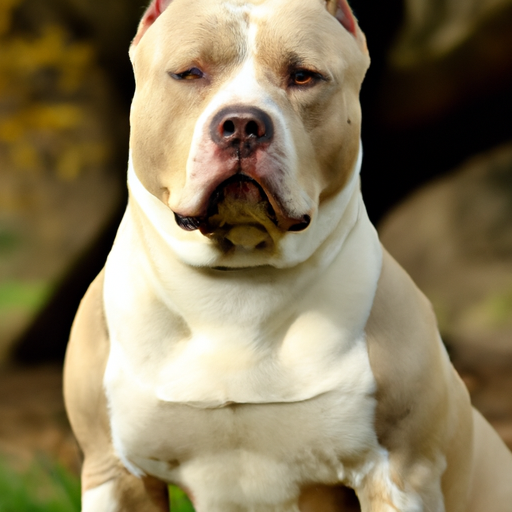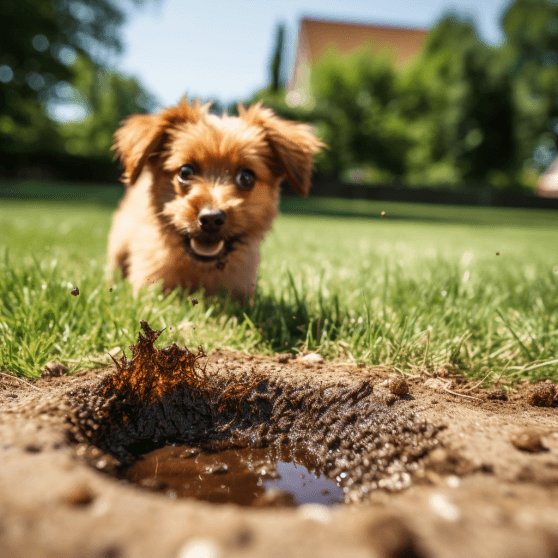What Do Dogs See?
Ever wondered just what your canine companion actually sees when they’re bounding gleefully through the park, quickly darting their gaze from object to object, or attentively focusing on your every move? Well, prepare to have your curiosity satiated as this article provides insight into the fascinating topic – “What Do Dogs See.” Buckle up to explore the captivating world from a dog’s perspective. This little journey might just shift the way you understand and communicate with your furry friend.

Understanding the Canine Vision
Dog vision differs greatly from human vision in various ways due to differences in their optical structure and functions. This article aims to provide a comprehensive guide to better understand what dogs see and how their vision works.
Comparing human and dog vision
In general, humans have a more detailed and vibrant color vision. On the other hand, dogs see the world differently. While they do have color vision, it is not as vibrant or diverse as what humans see. There are also differences in sharpness, field of view, and depth perception.
Main differences in their optical anatomy
Human and canine eyes are similar in some respects – they both have corneas, pupils, lenses, and retinas. However, canine eyes are structured to prioritize different things. Key differences include the positioning of their eyes, the presence of additional structures like the tapetum lucidum, and their photoreceptor cells.
Dog Vision VS Human Vision
Resolution and Sharpness
Humans typically have better resolution and sharpness in their vision due to a higher density of cone cells in their retinas. Dogs’ vision is roughly equivalent to 20/75. This means what a human can clearly see at 75 feet, a dog can only see at 20 feet.
Field of View
Dogs have a wider field of view than humans, likely an adaptation from their hunting and pack days. This wider view allows dogs to better observe their surroundings, which would have been crucial in a wild environment.
Depth Perception
Depth perception in dogs is less refined than in humans. Due to their eyes being placed more on the side of their head, dogs have a less overlapping field of view, which reduces their ability to judge distances accurately.
Color Vision in Dogs
Dispelling the black and white myth
Contrary to popular belief, dogs do not see in just black and white. They can see colors, although not as many or as vibrantly as humans.
The colors dogs see
Dogs see a world with shades of blue and yellow, but can’t distinguish red and green colors. This is because, unlike humans, dogs only have two types of color receptor cells or cones.
How color perception affects behavior
The limited color vision can influence a dog’s behavior, choices, and reactions. For instance, they might not see the red ball on the green grass immediately because both colors look quite similar in their vision.
Dog’s Night Vision
Adaptations for nocturnal vision
Dogs have superior nocturnal vision thanks to their larger pupils and the tapetum lucidum, a light-reflecting layer behind their retina. These adaptations help dogs see better in low light conditions.
How well can dogs see in the dark?
While dogs don’t have perfect night vision, they see significantly better in the dark than humans do. This is ideal for catching faint movements or shapes in dim conditions.
The role of tapetum lucidum
The tapetum lucidum acts like a mirror, reflecting light back through the retina and increasing the available light for the photoreceptors. This greatly enhances a dog’s low-light vision.

Dogs and Motion Detection
Sensitivity to motion
Dogs are very sensitive to movement. Even slight changes or movements can catch a dog’s attention due to their heightened motion sensitivity.
How dogs perceive speed
A dog’s ability to perceive speed is closely tied to their sensitivity to motion. They can quickly and accurately gauge the speed of an object or a person moving.
Use of motion detection in hunting and playing
Dogs’ keen sensitivity to motion plays a huge role in their hunting instincts, helping to detect and track prey. It also contributes to their excitable nature during playtime, as fast movements can trigger their playful response.
Dogs’ Ability to Perceive Distance
Depth perception in dogs
Depth perception in dogs is loosely developed compared to humans because of the side positioning of their eyes. However, the canine perspective still allows them to reasonably judge distances.
How distance is calculated
Dogs calculate distance particularly when they’re about to make a leap or a catch. They tend to gauge the distance based on the object’s size and motion.
Implications for training and games
In training and playing games, understanding a dog’s distance perception can be incredibly helpful. For instance, you might realize that your dog struggles with catching a red frisbee in the park because it’s hard for them to make color distinctions.
Eye Health and Vision Issues in Dogs
Common eye diseases in dogs
Common eye problems in dogs include cataracts, glaucoma, and conjunctivitis. Senior dogs are also prone to develop Progressive Retinal Atrophy (or PRA), an inherited disorder that can lead to blindness.
Symptoms of vision loss
Signs your dog could be losing their vision include bumping into objects, struggling to find toys, and showing hesitant behavior. If you notice these signs, consult a vet as soon as possible.
Treatments and prevention
Eye issues in dogs are often treatable if caught early. Regular vet check-ups can help detect vision issues in dogs early on. Additionally, a balanced diet rich in antioxidants can help maintain your dog’s eye health.
How Aging Affects Vision in Dogs
Normal vision changes with age
As dogs age, their vision tends to deteriorate. This is a normal part of the aging process and can lead to reduced sharpness and clarity.
Signs of deteriorating vision
Common signs of deteriorating vision in dogs include mishaps like bumping into furniture or difficulty navigating in low light conditions. They might also be less enthusiastic about games they once relished if those games involve tracking moving objects.
How to help senior dogs with vision loss
To help dogs cope with vision loss, maintain a consistent environment and avoid rearranging furniture. Guide them when necessary, and provide ample lighting around the house. Regular vet check-ups are crucial as they age.
Enhancing Dog’s Vision
Providing a vision-friendly environment
Provide a dog-friendly environment to help maximize their vision. This might mean avoiding some color combinations for toys and accessories, or keeping frequently used paths clear of objects.
Diet and nutrients for better vision
A balanced diet with plenty of antioxidants can aid in maintaining good vision in dogs. Vitamins A, C, and E, omega-3 fatty acids, and carotenoids are all beneficial for eye health.
Regular vision check-ups for dogs
Regular vision check-ups can help maintain your dog’s ocular health. These allow for early detection and treatment of potential vision issues.
Summing Up Dog Vision
Signs your dog may have good vision
Good vision in dogs can be assessed through their reaction to movements and visual cues during play or training. Dogs with good vision will be proactive, responsive, and alert to their surroundings.
Understanding dog vision helps with training
Understanding your dog’s visual capacities can greatly aid in training. By knowing their strengths and limitations, you can tailor activities and commands to their visual perspective.
Respecting the limitations of dog sight
Every dog’s vision will be different and have its own set of limitations. Recognizing this is important and will help you create a loving, understanding, and supportive environment for your dog.
In conclusion, while dogs may not see the world in quite the same way we do, their vision is perfectly adapted for their needs. By better understanding how dogs see, we can enhance our relationship with them and even improve their quality of life.







